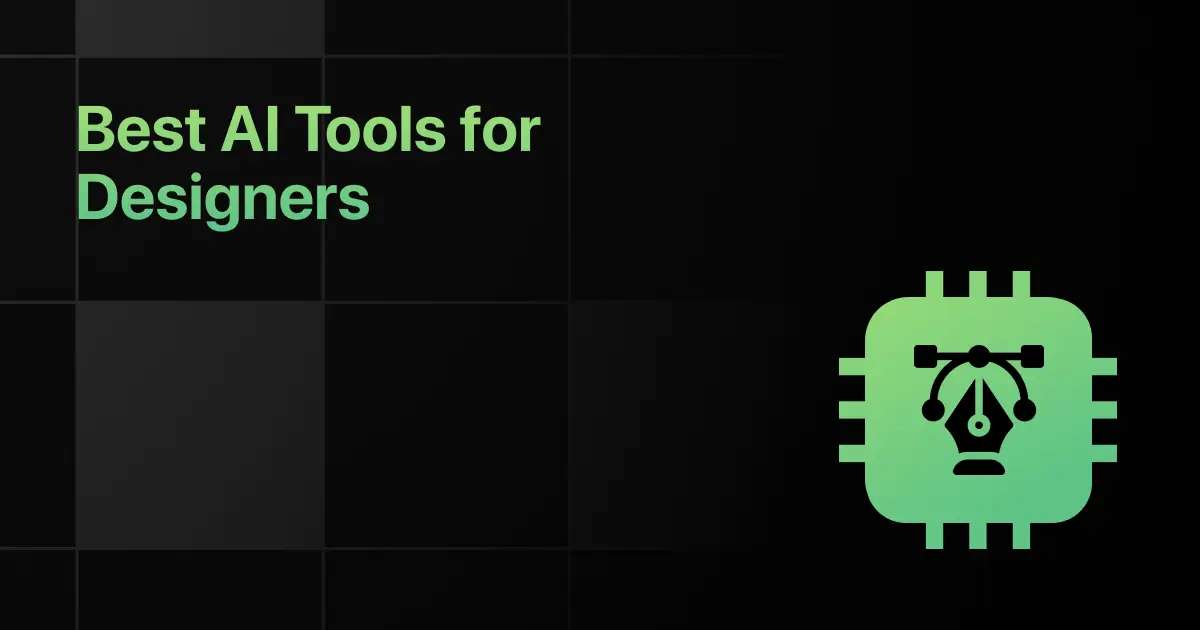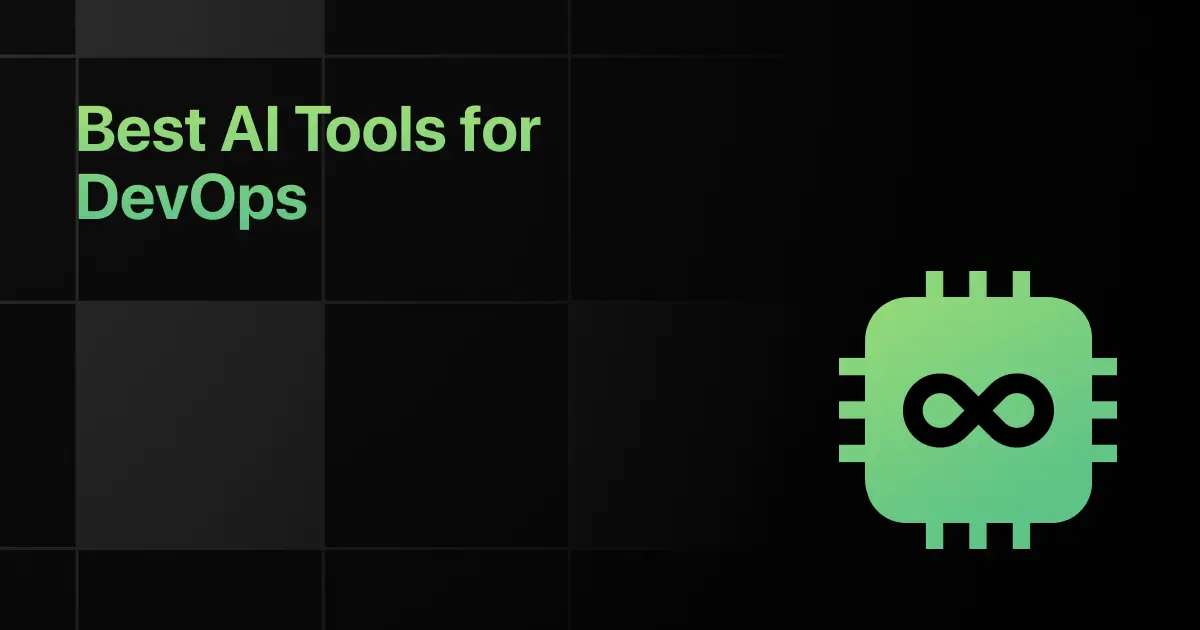Best DSA Project Ideas for Beginners
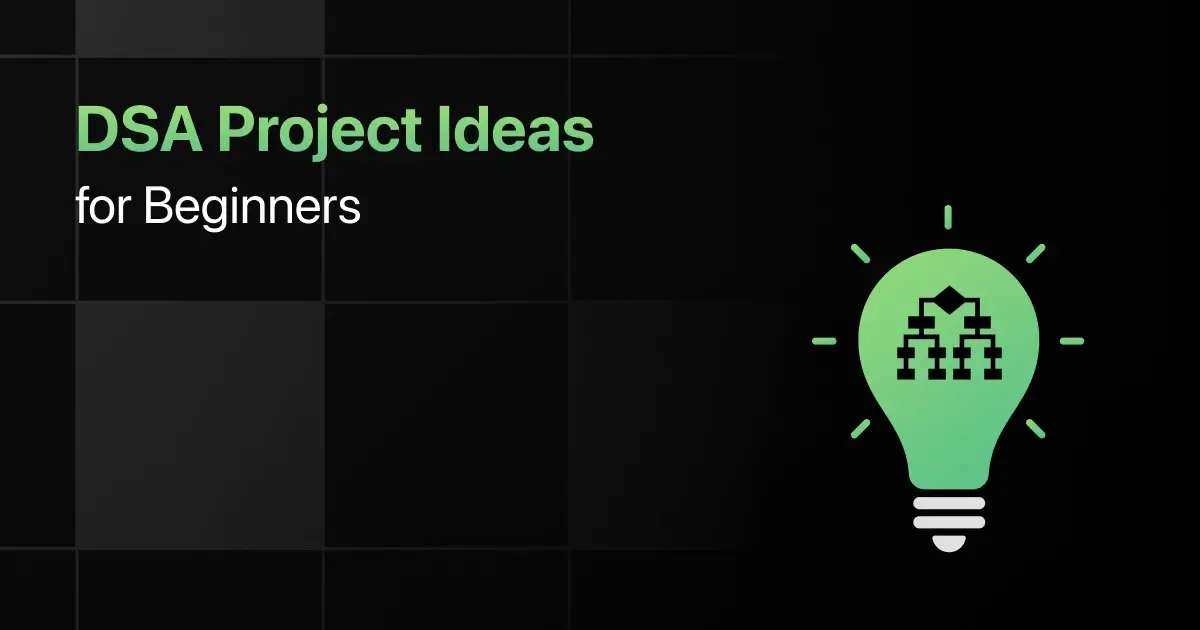
Are you willing to master Data Structures and Algorithms (DSA) but wondering where to start? Have you been searching for DSA projects for beginners that improve your understanding and come with source code?
Starting with practical projects makes your learning journey interesting and effective. Let’s explore some of the simple DSA projects designed for beginners with source code to kickstart your journey.
12 Beginner-Friendly DSA Project Ideas – Overview
Here’s an overview of the 10 best data structures and algorithms projects for beginners:
| S.No. | Project Title | Complexity | Estimated Time | Source Code |
|---|---|---|---|---|
| 1 | Snake Game | Easy | 10 hours | View Code |
| 2 | Sorting Visualizer | Medium | 10 hours | View Code |
| 3 | Maze Solver | Medium | 10 hours | View Code |
| 4 | Linked List Implementation | Easy | 10 hours | View Code |
| 5 | Binary Tree Construction | Medium | 12 hours | View Code |
| 6 | Graph Algorithms Implementation | Medium | 15 hours | View Code |
| 7 | Sudoku | Medium | 18 hours | View Code |
| 8 | Travel Planner Using Graphs | Medium | 20 hours | View Code |
| 9 | Cash Flow Minimizer | Medium | 20 hours | View Code |
| 10 | File Zipper Project | Medium | 20 hours | View Code |
| 11 | Dynamic Event Scheduling Using Graph | Medium | 20 hours | View Code |
| 12 | Social Media Trend Analyzer Using Trie and Heap | Medium | 20 hours | View Code |
Top 10 Data Structures and Algorithms Projects for Beginners
Below are the top 12 data structures and algorithms projects for beginners:
1. Snake Game



The Snake Game project involves creating a simple game where a player controls a snake to eat items and grow in length. Through this project, you will learn about array manipulation and the use of simple algorithms to handle game logic.
Duration: 10 hours
Project Complexity: Easy
Learning Outcome: Understanding of array manipulation and game algorithms
Portfolio Worthiness: Yes
Required Pre-requisites:
- Basic programming knowledge
- Understanding of arrays and loops
- Basic familiarity with a programming language (e.g., Python, JavaScript)
Resources Required:
- Code editor (e.g., VS Code)
- Programming language environment (Python, JavaScript)
Real-World Application:
- Introduction to game development basics
- Understanding of real-time data handling
2. Sorting Visualizer
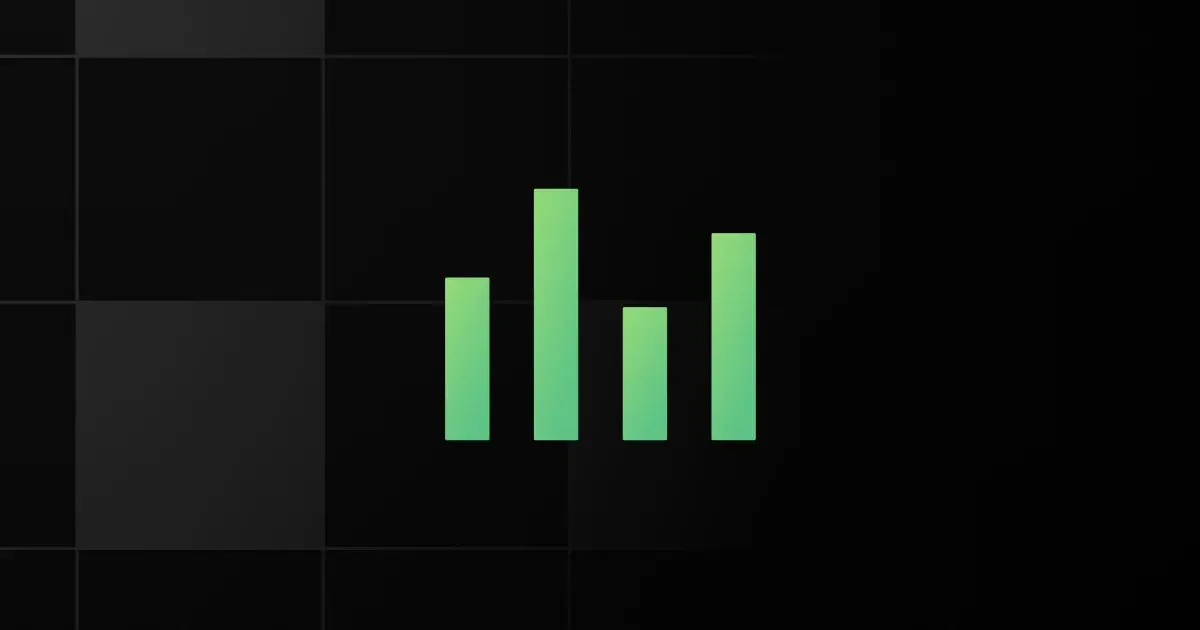


This project is about developing a tool that visually demonstrates how different sorting algorithms (like QuickSort, MergeSort, and BubbleSort) work. From this project, you’ll deepen your understanding of sorting algorithms and their efficiencies in DSA.
Duration: 1o hours
Project Complexity: Medium
Learning Outcome: Understanding of sorting algorithms and visualization techniques
Portfolio Worthiness: Yes
Required Pre-requisites:
- Basic programming skills
- Fundamental understanding of sorting algorithms
- Basics of graphical user interface (GUI) Programming
Resources Required:
- Code editor (e.g., Visual Studio Code)
- Graphics library (e.g., p5.js for JavaScript)
Real-World Application:
- Educational tools for teaching DSA concepts
- Data analysis and research
3. Maze Solver
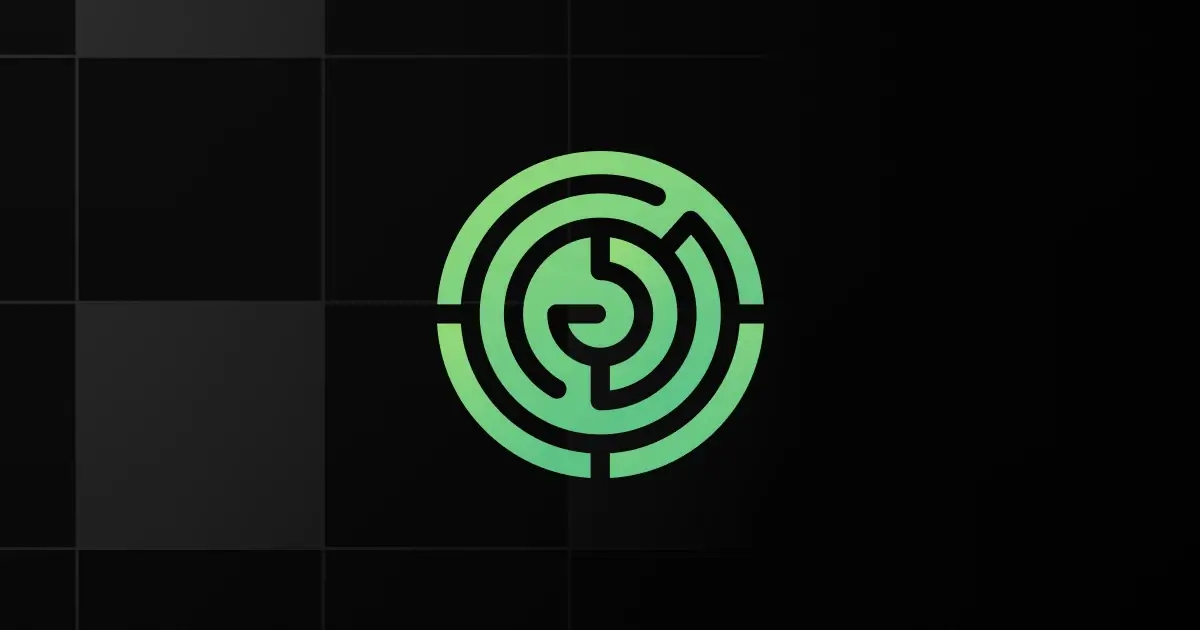


This project involves creating an algorithm that can find a path through a maze from a starting point to an endpoint. You’ll learn about graph traversal algorithms like Depth-First Search (DFS) or Breadth-First Search (BFS) in DSA from this project.
Duration: 10 hours
Project Complexity: Medium
Learning Outcome: Understanding of graph traversal algorithms
Portfolio Worthiness: Yes
Required Pre-requisites:
- Basic understanding of graphs in DSA
- Proficiency in a programming language
- Knowledge of recursion or queue/stack data structures
Resources Required:
- Code editor (e.g., Visual Studio Code)
- Graphical library for visualizing the maze (optional)
Real-World Application:
- Pathfinding algorithms for GPS and mapping services
- Puzzle and game development
4. Linked List Implementation
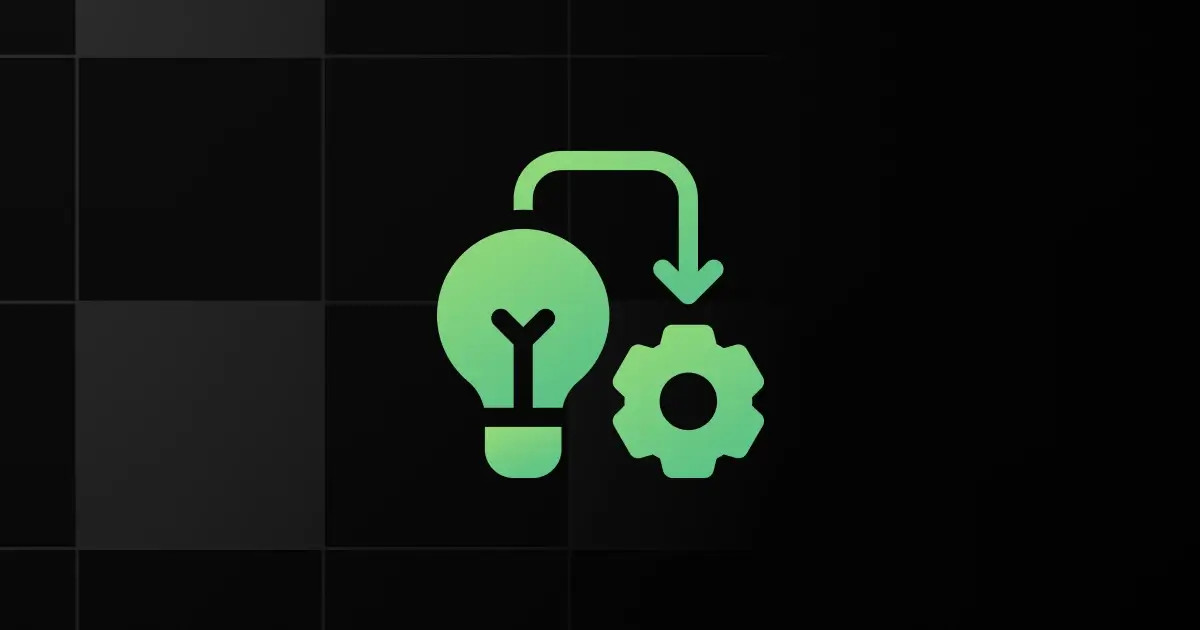


This project focuses on implementing a custom Linked List data structure from scratch. It offers hands-on experience with understanding and manipulating node-based data structures in DSA.
Duration: 10 hours
Project Complexity: Easy
Learning Outcome: Understanding of linked lists and node manipulation
Portfolio Worthiness: Yes
Required Pre-requisites:
- Basic programming knowledge
- Understanding of classes and objects
- Familiarity with basic data structures
Resources Required:
- Code editor (e.g., Visual Studio Code)
Real-World Application:
- Foundation for more complex data structures
- Basis for algorithms requiring dynamic data management
5. Binary Tree Construction
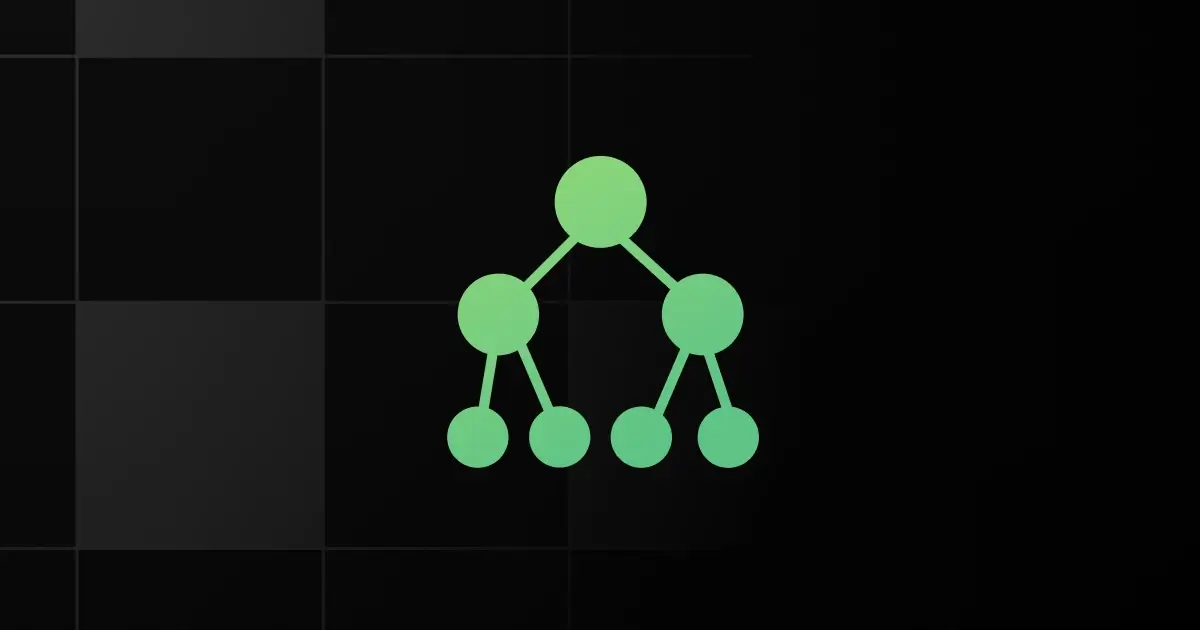


This project is about developing a binary tree from scratch, including inserting, deleting, and searching for elements. You’ll gain insight into tree data structures and recursive programming through this project.
Duration: 12 hours
Project Complexity: Medium
Learning Outcome: Understanding of binary trees and recursive algorithms
Portfolio Worthiness: Yes
Required Pre-requisites:
- Basic understanding of recursion
- Knowledge of object-oriented programming
- Familiarity with basic data structure concepts
Resources Required:
- Code editor (e.g., Visual Studio Code)
Real-World Application:
- Database indexing
- Hierarchical data representation
6. Graph Algorithms Implementation
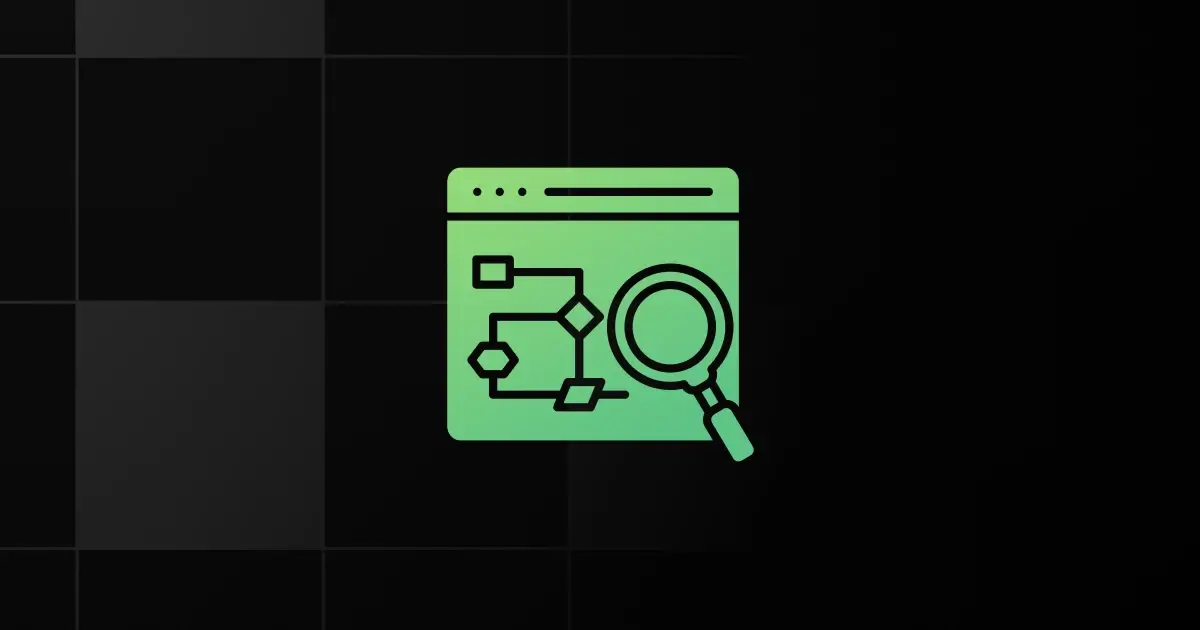


This project entails creating and executing key graph algorithms, such as Dijkstra’s shortest path, Kruskal’s minimum spanning tree, and graph traversal (DFS and BFS). Through this project, you’ll delve into complex data structures and algorithms, enhancing your problem-solving and algorithmic thinking skills in DSA.
Duration: 15 hours
Project Complexity: Medium
Learning Outcome: Understanding of graph theory and algorithms
Portfolio Worthiness: Yes
Required Pre-requisites:
- Strong understanding of graphs and their representations
- Proficiency in a programming language
- Familiarity with advanced algorithmic concepts
Resources Required:
- Code editor (e.g., Visual Studio Code)
- Optional: Graph visualization library for better understanding and presentation
Real-World Application:
- Network routing and analysis
- Social network analysis
7. Sudoku
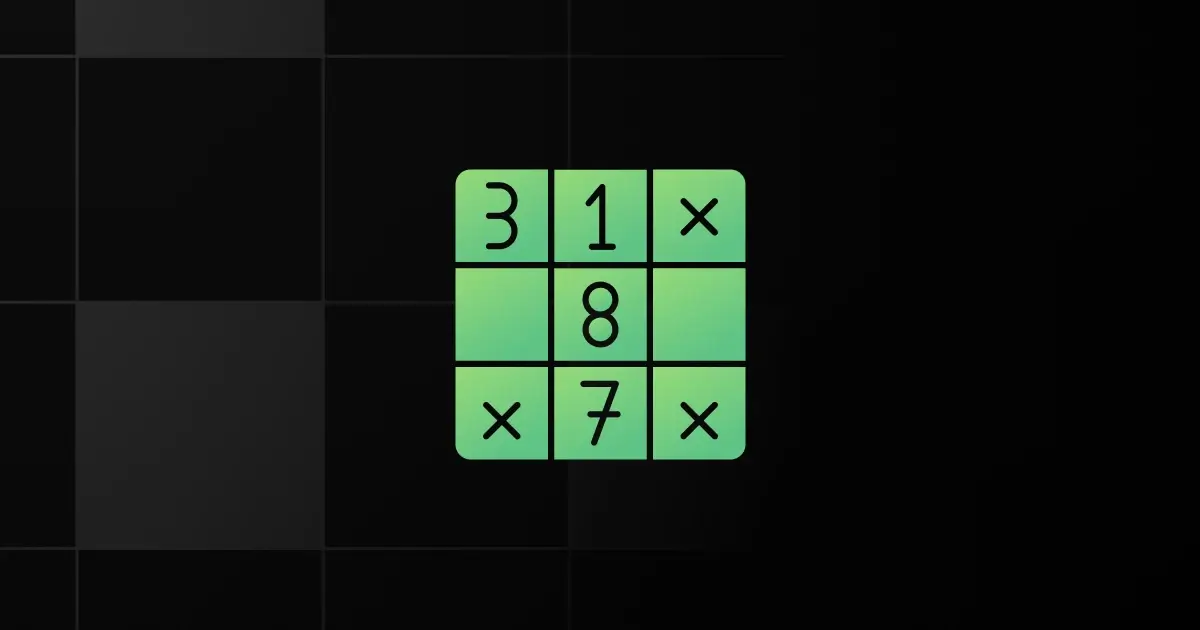


This project involves creating a program that can solve Sudoku puzzles using backtracking, a technique to find the solution by systematically exploring all possible candidates. It offers an excellent opportunity to understand recursion and backtracking algorithms in DSA.
Duration: 18 hours
Project Complexity: Medium
Learning Outcome: Understanding of recursion and backtracking
Portfolio Worthiness: Yes
Required Pre-requisites:
- Basic programming knowledge
- Understanding of recursion
- Familiarity with matrices or 2D arrays
Resources Required:
- Code editor (e.g., Visual Studio Code)
Real-World Application:
- Puzzle-solving
- Algorithmic problem-solving in various domains
8. Travel Planner using Graphs
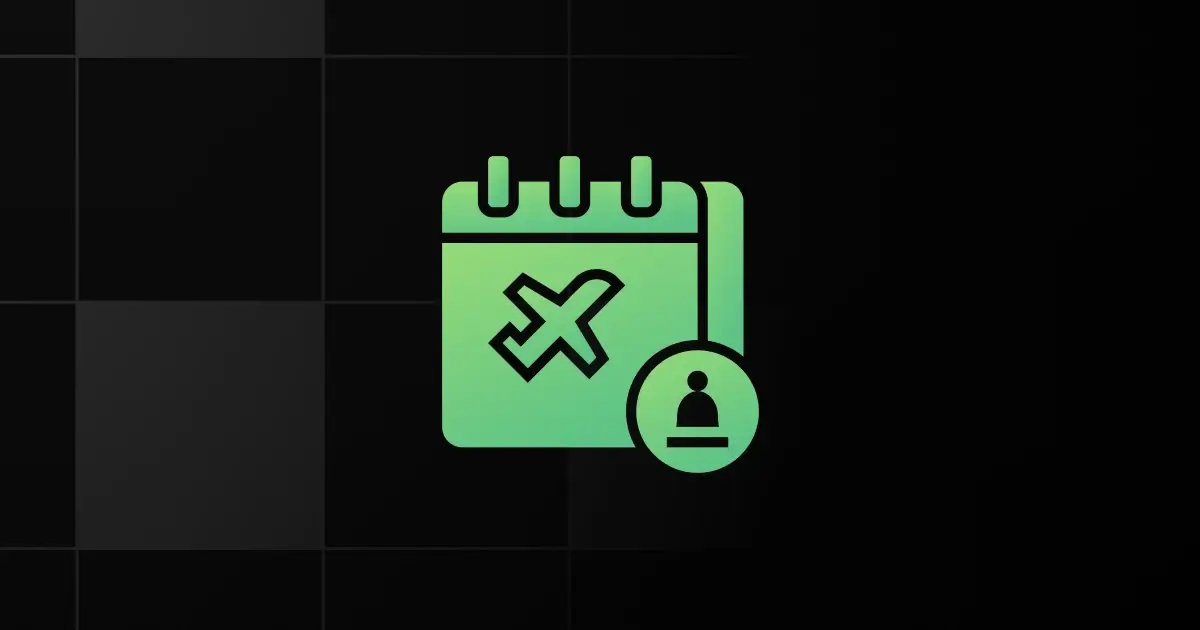


This project is about developing a travel planner that uses graph data structures to find the shortest or most efficient routes between destinations. It’s a practical application of graph theory and algorithms like Dijkstra’s or A* in DSA.
Duration: 20 hours
Project Complexity: Medium
Learning Outcome: Understanding of graph theory and pathfinding algorithms
Portfolio Worthiness: Yes
Required Pre-requisites:
- Basic knowledge of graph theory
- Understanding of shortest path algorithms
- Proficiency in a programming language
Resources Required:
- Code editor (e.g., Visual Studio Code)
- Map API or data set for testing (optional)
Real-World Application:
- Route optimization for logistics and transportation
- Travel and itinerary planning apps
9. Cash Flow Minimizer



This project focuses on developing a program to minimize cash flow among a group of people who have borrowed money from each other, using graph algorithms to settle debts in minimal transactions. It integrates practical finance problems with graph optimization techniques, specifically the Min-Cost Max-Flow algorithm in DSA.
Duration: 20 hours
Project Complexity: Medium
Learning Outcome: Understanding of optimization in graph theory
Portfolio Worthiness: Yes
Required Pre-requisites:
- Strong understanding of graph theory
- Familiarity with optimization algorithms
- Proficiency in a programming language
Resources Required:
- Code editor (e.g., Visual Studio Code)
- Optional: Library support for graph algorithms
Real-World Application:
- Financial debt settlement systems
- Expense sharing applications
10. File Zipper Project
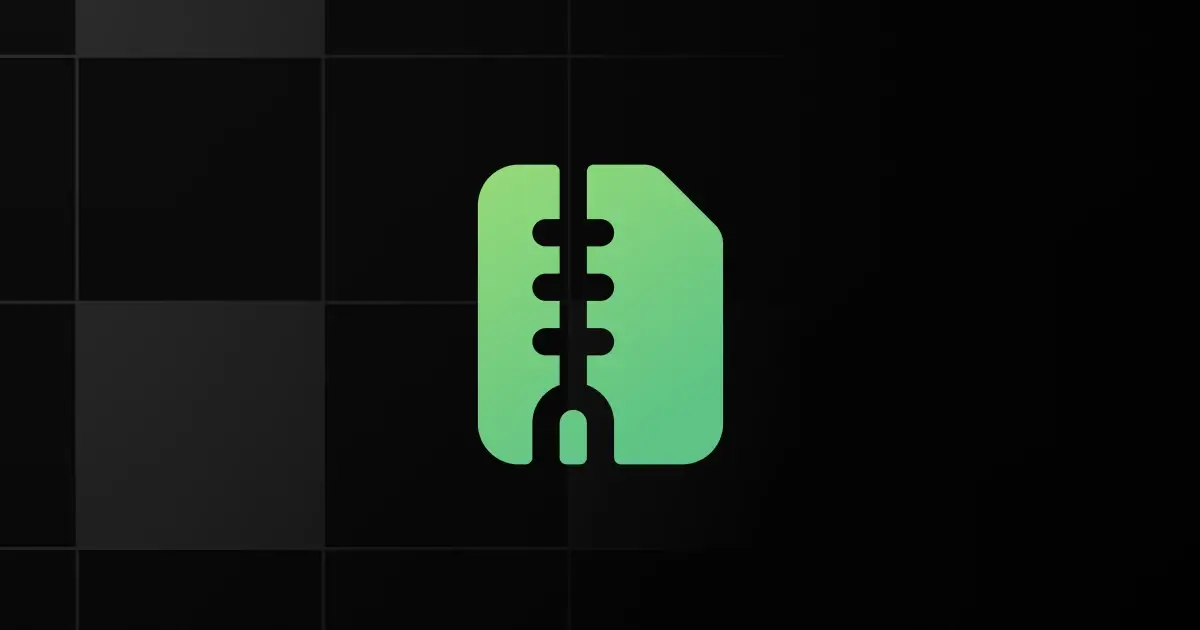


This is one of the easiest DSA mini projects which is about creating a program that compresses files using data compression algorithms like Huffman coding or Run-Length Encoding (RLE). It provides a hands-on approach to understanding data compression techniques and their implementation in DSA.
Duration: 20 hours
Project Complexity: Medium
Learning Outcome: Understanding of data compression algorithms
Portfolio Worthiness: Yes
Required Pre-requisites:
- Basic knowledge of binary trees (for Huffman coding)
- Understanding of file handling in a chosen programming language
- Basic programming skills
Resources Required:
- Code editor (e.g., Visual Studio Code)
Real-World Application:
- Data storage optimization
- Bandwidth-efficient data transmission
11. Dynamic Event Scheduling Using Graph
This project involves designing an event scheduling system using graph algorithms to optimize time and resource allocation. You will learn about graph traversal algorithms like DFS, BFS, and shortest path in the context of scheduling.
Duration: 20 hours
Project Complexity: Medium
Learning Outcome: Understanding of graph algorithms and their applications in scheduling problems.
Portfolio Worthiness: Yes
Required Pre-requisites:
- Basic knowledge of graphs
- Familiarity with DFS/BFS algorithms
- Understanding of data structures (lists, queues)
Resources Required:
- Programming environment (C++, Python, Java)
- Graph libraries or tools
- Sample event scheduling data
Real-World Application:
- Conference or event management
- Optimized scheduling for large organizations
12. Social Media Trend Analyzer Using Trie and Heap
This project involves building a system that uses Trie for keyword searching and Heap for analyzing trending topics on social media. You will learn about Trie data structure for efficient searching and Max Heap for ranking trends.
Duration: 20 hours
Project Complexity: Medium
Learning Outcome: Understanding of Trie and Heap data structures for keyword searching and priority management.
Portfolio Worthiness: Yes
Required Pre-requisites:
- Understanding of Trie and Heap data structures
- Basic algorithm knowledge
- Familiarity with priority queues
Resources Required:
- Programming environment (C++, Python, Java)
- Social media API for trend data
- Data visualization tools (optional)
Real-World Application:
- Real-time trend tracking
- Social media analysis tools for marketing
Frequently Asked Questions
1. What are some easy DSA project ideas for beginners?
Some easy DSA project ideas for beginners are:
- Snake Game
- Sorting Visualizer
- Maze Solver
2. Why are DSA projects important for beginners?
DSA projects provide practical experience, and theoretical knowledge, and improve problem-solving skills.
3. What skills can beginners learn from DSA projects?
From DSA projects, beginners can learn algorithmic thinking, coding efficiency, and data management.
4. Which DSA project is recommended for someone with no prior programming experience?
A Snake Game DSA project using Arrays is recommended for someone with no prior programming experience.
5. How long does it typically take to complete a beginner-level DSA project?
It typically takes 12 hours to complete a beginner-level DSA project.
Final Words
Diving into DSA projects for beginners can be the best way to understand key concepts in data structures and algorithms.
By solving real-world problems and working through projects with provided source code, you’ll gain hands-on experience that theory learning cannot offer.
Explore More DSA Resources
- DSA Learning Websites
- DSA Practicing Websites
- DSA YouTube Channels
- Data Structures & Algorithms MCQ
- DSA Interview Questions
Explore More Project Ideas
- Python
- Java
- C Programming
- HTML and CSS
- React
- JavaScript
- PHP
- C++
- DBMS
- SQL
- Excel
- Angular
- Node JS
- Django
- Power BI
- R Programming
- Operating System
- MongoDB
- React Native
- Golang
- Matlab
- Tableau
- .Net
- Bootstrap
- C#
- Next JS
- Kotlin
- jQuery
- React Redux
- Rust
- Shell Scripting
- Vue JS
- TypeScript
- Swift
- Perl
- Scala
- Figma
- RPA
- UI/UX
- Automation Testing
- Blockchain
- Cloud Computing
- DevOps
- Selenium
- Internet of Things
- Web Development
- Data Science
- Android
- Data Analytics
- Front-End
- Back End
- MERN Stack
- Big Data
- Data Engineering
- Full Stack
- MEAN Stack
- Artificial Intelligence
- Machine Learning
- Arduino
- Cyber Security
- Raspberry Pi
- Spring Boot
- NLP
- Embedded Systems
- Computer Network
- Game Development
- Flask
- Data Visualization
- Ethical Hacking
- Computer Vision
- AWS
- Data Mining
- Azure
- Network Security
- Microservices
- Augmented Reality
- Bioinformatics
- Virtual Reality
- Text Mining
- Unity
Related Posts
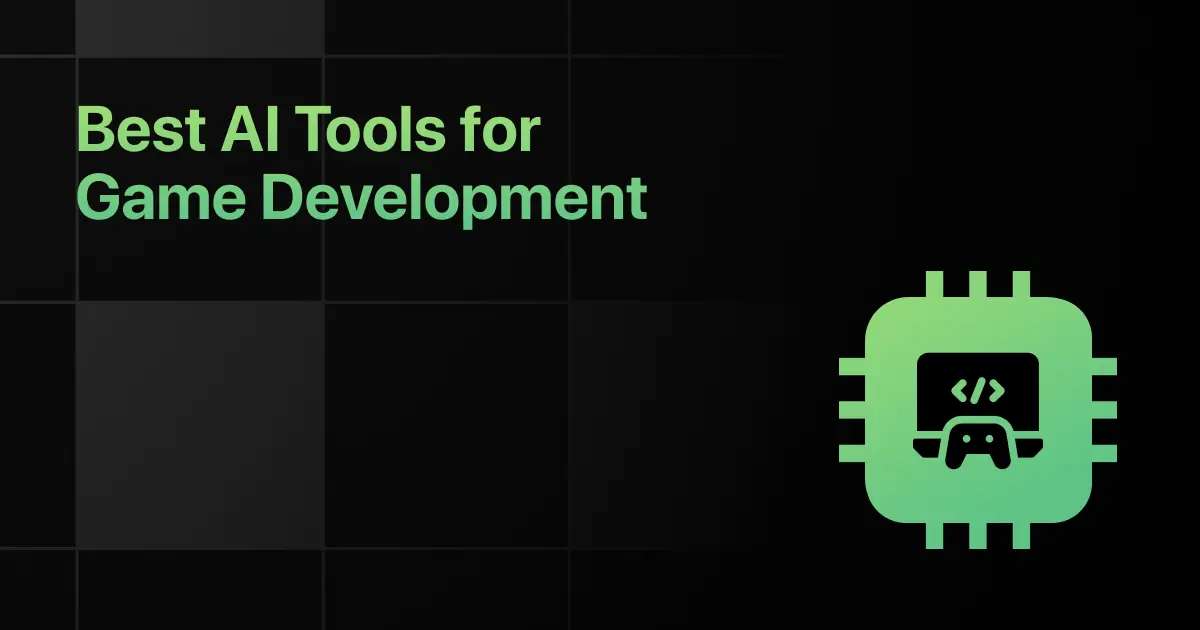

Best AI Tools for Game Development [Free + Paid]
Ever feel stuck staring at things , not knowing what to do next? You're not alone. Game development can be …







